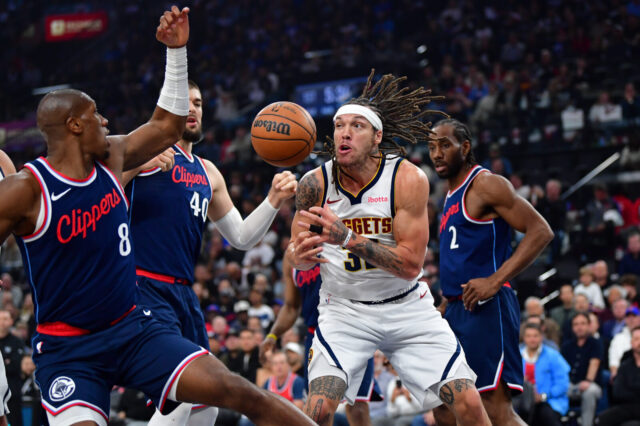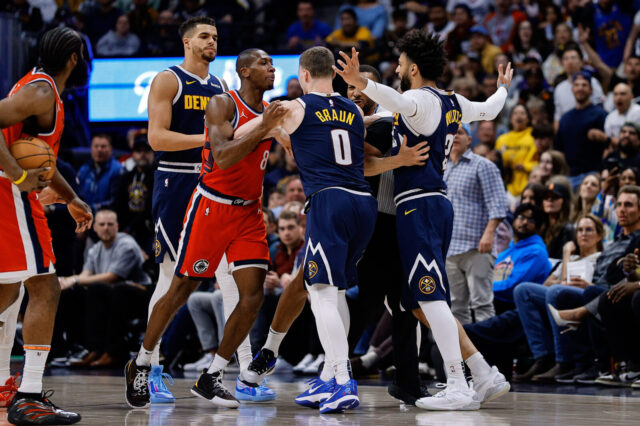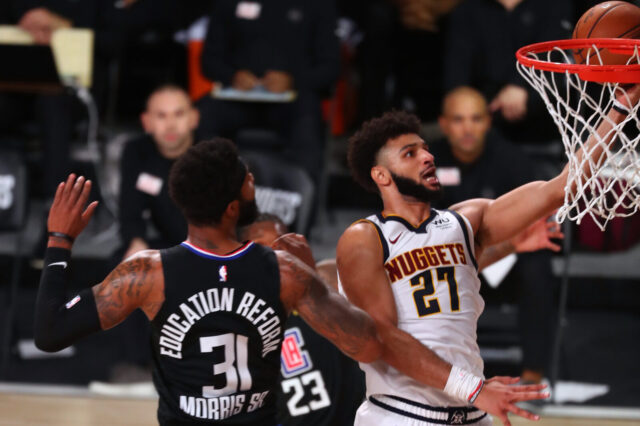"Why are their tusks so small?" asked a fellow passenger on our safari excursion in northern Botswana as we looked upon a herd of one of Africa's most majestic animals: the African elephant.
"All the elephants with big tusks have been hunted," replies our guide, referencing the hundreds of thousands of elephants who have been slaughtered for over a century simply for their ivory tusks. "Those with small tusks haven't been hunted as much, so their offspring don't have large tusks."
*****
I just completed my fourth trip to Africa in five years and as I've felt with my previous three trips, I return to the United States feeling equal parts optimistic and pessimistic about Africa's future. Because while much of the news coming out of Africa is cluttered with media hype-driven horror stories about Ebola, terrorism, corruption, poverty, AIDS and so forth, that's not the real Africa. The real Africa is on the precipice of the greatest economic growth that our modern world has ever seen as millions upon millions of young people move from impoverished conditions into a thriving consumer/middle class … and countless other Africans will become millionaires over the next 15-plus years.
There are multiple theories as to why Africa will experience stellar growth for the remainder of the century, but most of the forecasts center upon the fact that Africa’s population is projected to quadruple from over one billion today to four-plus billion by century’s end. And as that population migrates from a rural-based civilization to an urban-based civilization – combined with the continent’s ability to bypass archaic technology and infrastructure by leaping forward with today’s modern technological and infrastructure advances – the economic opportunities for Africans and those who invest in Africa will be boundless. Additionally, Africa boasts an incredibly young population; meaning that unlike the western world, China and Japan, Africa will have plenty of young people to produce and care for its elderly.
But when experiencing first hand the destruction and plunder of Africa's magnificent wilderness with "only" one billion people present on the continent today, the optimism that I have for Africa's future economic success doesn't square with the pessimism I have for its natural treasures, notably it's magnificent wildlife. For example, while visiting northern Botswana – a country that fiercely protects its wildlife by severely limiting tourists and abolishing and persecuting all hunting – we saw no rhinos (they disappeared from northern Botswana years ago) and only a handful of big cats.
That's what happens when 200,000 lions living throughout Africa a hundred years ago are reduced to only 30,000 today. Or 100,000 cheetahs become just 9,000-12,000 (depending on who you ask). With increased demand for its horn (which has no proven medicinal value) in Asia and the Middle East, the rhino population has plummeted to less than 29,000 when just 100 years ago over 500,000 roamed the continent. And the mighty African elephant? It's estimated that over 100,000 have been killed for their ivory tusks in just the last three years … dropping their population to sub-500,000 today.
And that's only a glimpse into Africa's staggeringly bad wildlife numbers. While traveling through Botswana and other parts of Southern Africa last week, I read the sobering news that the entire world's wildlife population has been halved in the last four decades thanks to a combination of deforestation, pollution, hunting, exponential human population growth – i.e. the usual wildlife-destroying suspects.
Taking all this in, I was reminded of a terrific book I read nearly 25 years ago written by the late, great Douglas Adams (of The Hitchhiker's Guide to the Galaxy fame) and Mark Cawardine, titled Last Chance to See. In Last Chance to See – and its accompanying radio and television broadcasts – Adams and Cawardine highlighted nine species around the globe who were severely in danger of extinction at the time. Of the nine, China's Yangtze River Dolphin is now extinct and other highlighted species – like Africa's white rhino, aye-aye and mountain gorilla – have seen their numbers dwindle into the hundreds. But many, thanks to Adams and Cawardine, are inching their way towards "vulnerable" and away from "imminent extinction."
With the numbers of species on the verge of total extinction, many non-profit organizations from around the globe are getting creative with how to combat the problem including San Francisco-based WildAid, which teamed up with the NBA in 2013 to launch a public service campaign featuring NBA stars like Serge Ibaka, Joakim Noah, Al Horford, Pau Gasol and Tyson Chandler speaking up against poaching:
Taking the campaign even further, WildAid is trying to halt the demand for ivory by engaging former NBA star and future Hall of Famer Yao Ming in a documentary series to educate the Chinese on what their appetite for ivory does to the elephant populations of those animals back in Africa. It certainly helps when you have the most famous Chinese man on the planet advocating on behalf of Africa’s amazing wildlife. Yao even visited my favorite global charity – The David Sheldrick Wildlife Trust – which rescues orphaned elephants after their mothers are poached, rehabilitates them and returns them to the wild. (WildAid and Yao had previously teamed up on a reasonably successful campaign to ban shark fin soup in China.)
But it sure seems to be asking a lot for the NBA and its stars to jump into the wildlife preservation game in addition to the incredible work the NBA already does as global ambassadors through its Basketball Without Borders programs, something I was honored to experience first hand in South Africa in 2011 alongside former Denver Nuggets GM Masai Ujiri, former Nuggets All-Star center Dikembe Mutombo and NBA Africa’s Amadou Fall. Current Nuggets head coach Brian Shaw participated in the program this past summer, as well. If only the rest of the world’s global corporations had the same sense of community-oriented responsibility that the NBA does.
I fear that despite the earnest and fearless efforts being put into wildlife conservation by organizations like WildAid, The David Sheldrick Wildlife Trust, The World Wildlife Federation, Wildlife Safaris, Save the Rhino, World Elephant Day, National Geographic's Big Cats Initiative and others, it could be way too little, way too late for Africa's and the world's wildlife. But if we don't come together now and support these conservation efforts immediately, seeing the remains of our planet's most coveted natural treasures will be relegated to zoos masquerading as wildlife sanctuaries only for the wealthy ecotourist.
And I don't know about you, but that's not a world that I want to be a part of.


